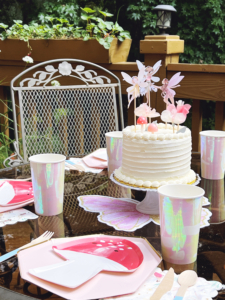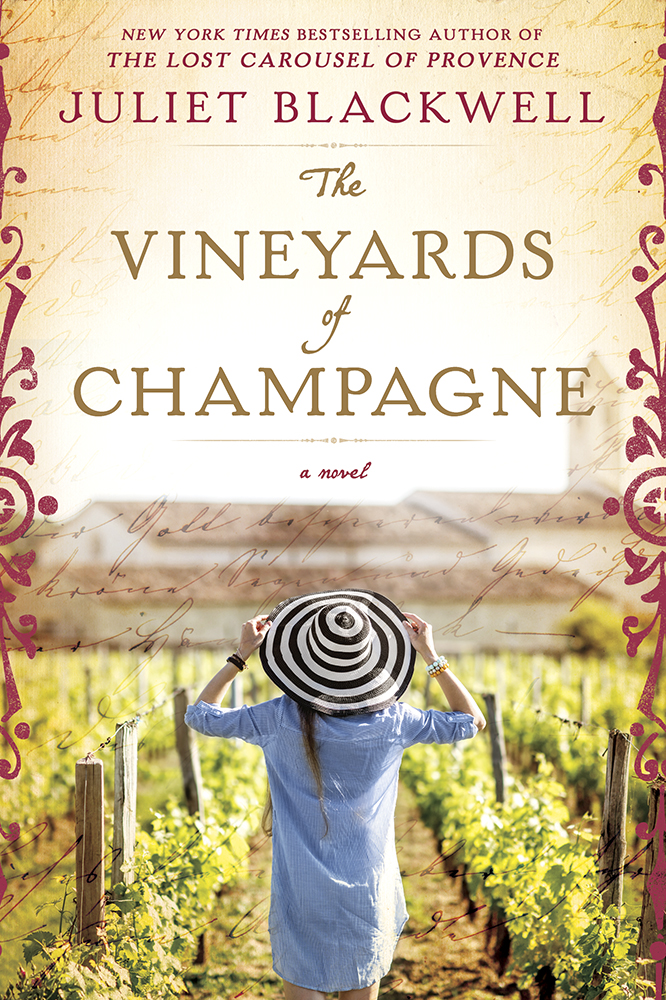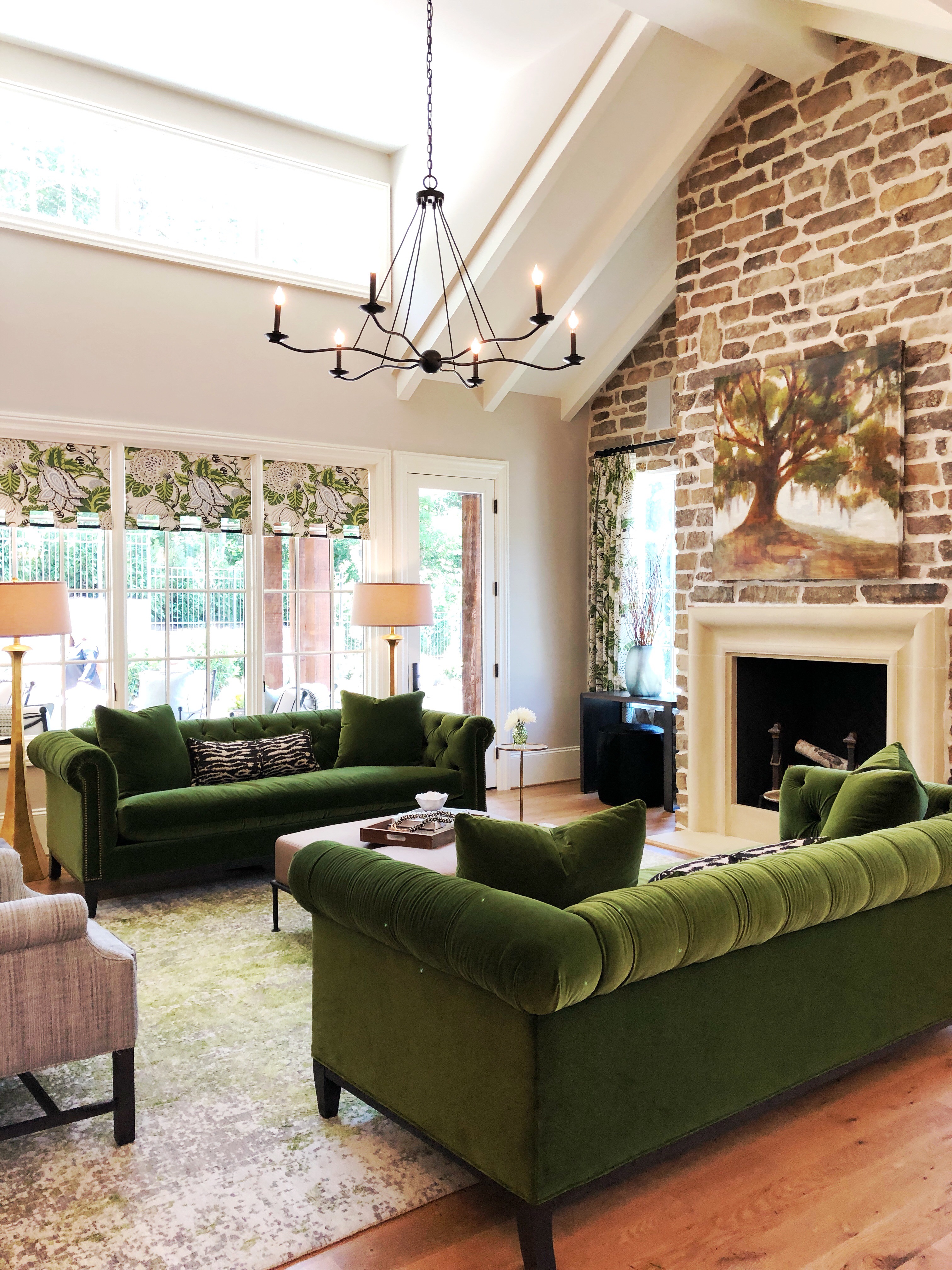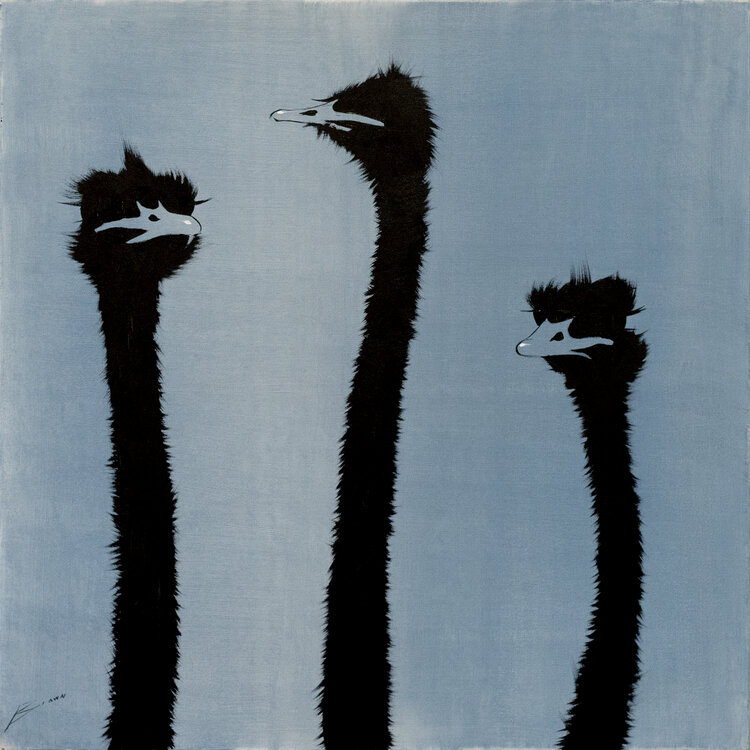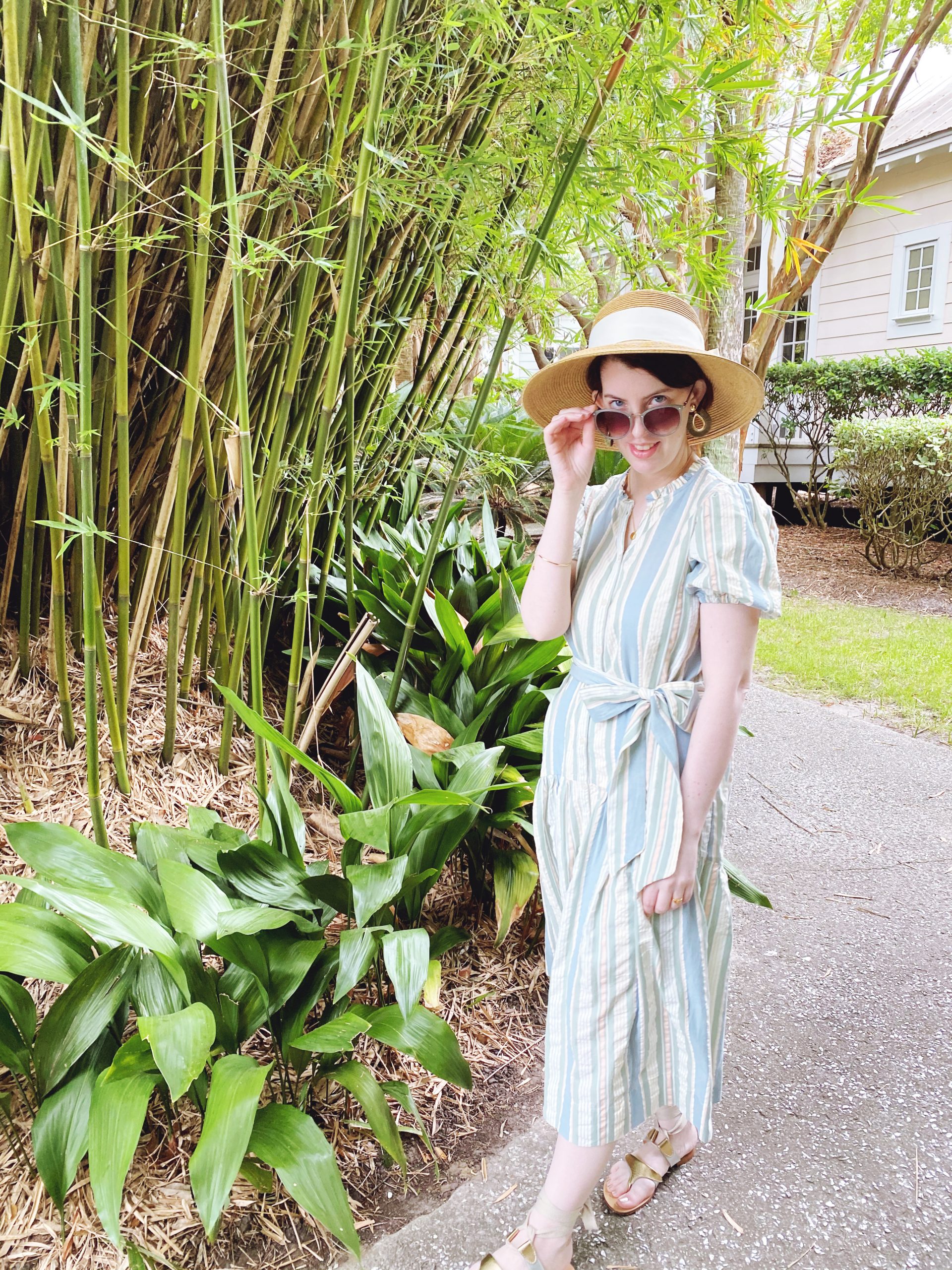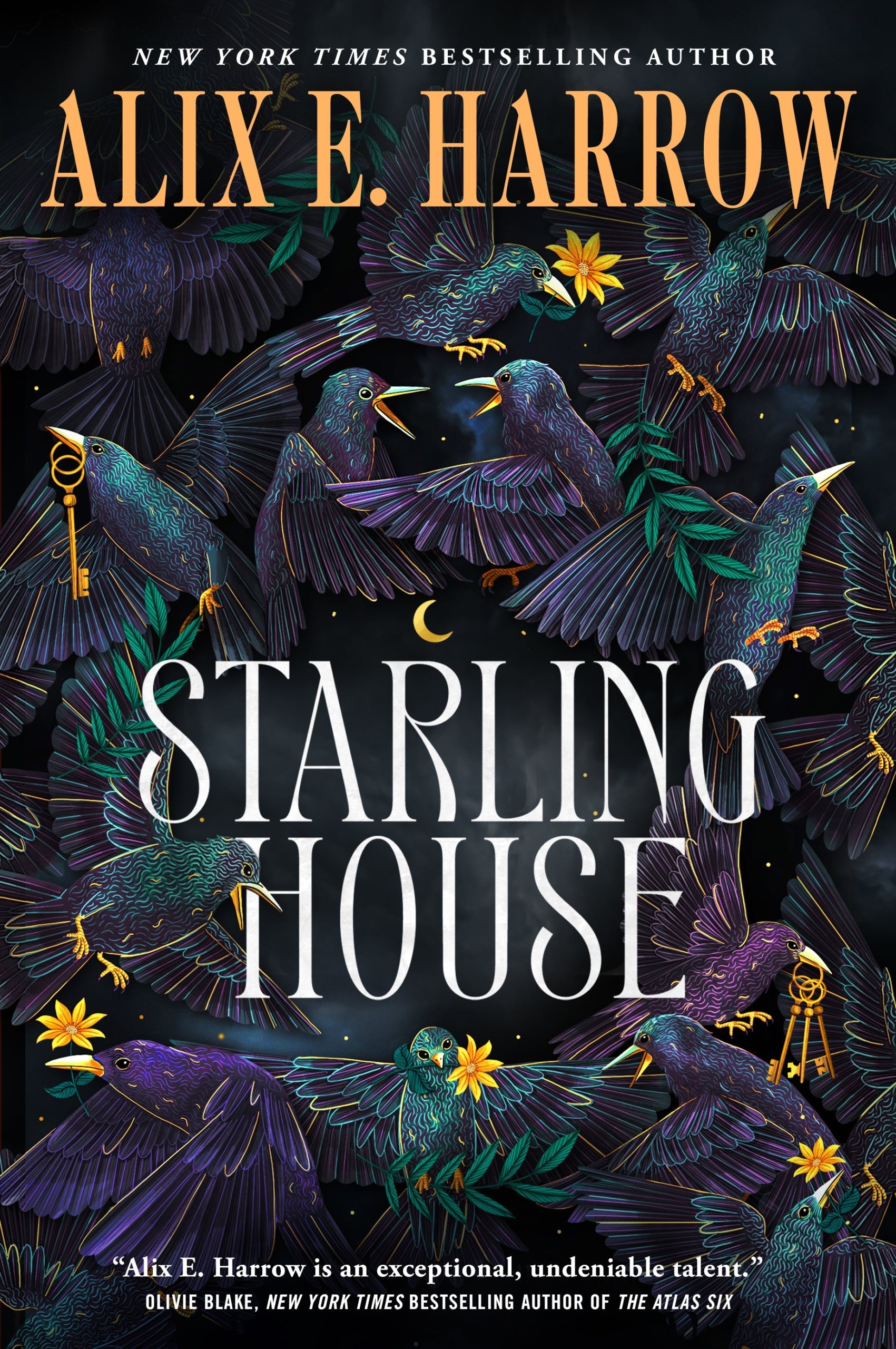
Starling House, a Southern Gothic novel by bestselling author Alix E. Harrow is a book that will keep you tucked up safely under your covers, protected from all that goes ‘bump in the night’.
The novel calls to mind the gothic literary masters, Daphne du Maurier (Rebecca) and Shirley Jackson (The Haunting of Hill House) but in a more modern setting in present-day Eden, Kentucky. A fictional town based on a town that was once a very real place.
I hope you will enjoy this Q&A with Alix as she shares her process of developing the story at it’s personal connections to her own life, the most difficult scene to write, and an intriguing first sentence to her next novel.
When did you first come up with the storyline for Starling House?
It’s funny–you answer this question a lot when your book comes out, but I still find myself answering it differently each time. Not because I’m a liar (although I sort of am, professionally), but just because this is a book that accreted, rather than arrived.
I came up with Starling House when I was staying with my grandma in Allen County, Kentucky. Her farm is pitted with sinkholes and shallow caves, a vascular network of springs, creeks, and cracks. People are always throwing things down sinkholes–both to fill the holes and to get rid of the things. I pictured all the things Kentucky had been trying to bury, for years and years, waiting just under the surface. I pictured it crawling back out.
I came up with Starling House when I was re-reading Wuthering Heights, or maybe it was Robin McKinley’s Rose Daughter, or maybe I was just listening to John Prine’s “Paradise.” I came up with it while I was fixing up the abandoned house we’d bought, which was so determinedly, spitefully wrecked it seemed almost alive.
I don’t know exactly when I came up with it, but I know exactly when I started writing it. It was when we’d decided to leave Kentucky. Once I knew I was leaving home, I knew what Starling House was about: staying.
What first interested you in the fantasy/gothic genre?
There’s no origin story for me and fantasy–I was born into it, the heir to my mom’s collection of fantasy and science fiction. The gothic has always been a messier, murkier set of genre conventions, shapeshifting from low-brow to high-brow and back again, adapting to new geographies. I grew up with the Southern Gothic, which has always felt like home: half nightmare, half dream.
What sort of research did you do for Starling House?
More than I expected! My other books have been historical fantasy, so I went into them expecting a certain amount of reading and note-taking. But this one is set roughly in the time and place I grew up–surely I wouldn’t have to research my own childhood! Ha! Ha! (I did).
Most of it was specific to Muhlenberg County–the history of coal, enslavement, tobacco, etc.– but I also had to figure out the Southern Gothic as a genre, beyond its aesthetics. I had the vibes, but I had to know where it came from, what questions it was built to answer, and what themes it was meant to explore.
Is the town of Eden based on a real place?
Yes–sort of. Eden doesn’t exist, but it’s based on the town of Paradise, Kentucky, which also doesn’t exist. But it used to.
The story of Paradise is a little bit famous from the John Prine song, but if you don’t know it: there was a little town on the banks of the Green River. In the mid-1960s, Peabody Coal built the largest steam shovel in the world and strip-mined the entire county, and the TVA built the largest coal-fired power plant in the country. And by 1969, they’d had to relocate all 800 residents of Paradise, because the air was unbreathable and the water was undrinkable. They bulldozed every standing structure, except the cemetery.
This book is sort of a what-if: what if Paradise had survived? What if had limped into the twenty-first century–haunted, maybe, but not gone?
Which character’s storyline did you enjoy writing the most?
Oh, Bev, for sure. Or maybe the hellcat.
What was the hardest scene to write?
I think the scene I rewrote the most times was the brief, not-quite-fade-to-black sex scene. Partly because I’d never written one before, but also because there are few things quite as revelatory and personal as intimacy. It felt like translating everything I knew about these characters into their physical interactions, which is sort of like writing a short play with only two characters, no dialogue, and a growing awareness that your grandma will be sitting in the audience.
If Starling House were turned into a limited series or a feature film, who would you imagine playing Opal and Arthur?
Oh, I’m terrible at fan-casting! Maybe…Sadie Sink, in a few years, for Opal?
Are you working on your next novel, and if so can we get a sneak peek?
I am! You can! I don’t have a very clear pitch for it yet, but it’s basically the saddest possible version of Groundhog Day you can imagine. The first sentence is the only thing I’m fairly sure won’t change:
It begins where it ends: beneath the yew.
Pre-order your copy of Starling House, which will be released at bookstores 10/3.



